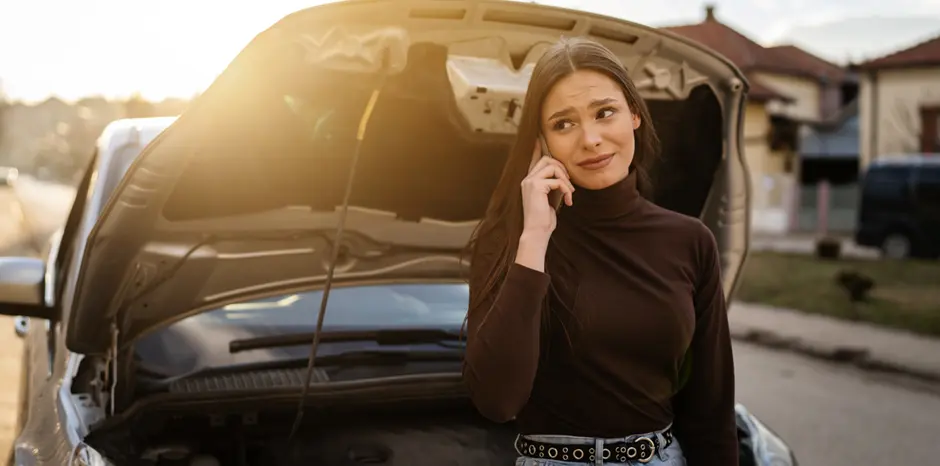Vehicle 'Kill Switch' Mandate Is a Gross (and Dangerous) Violation of Privacy
Vehicle 'Kill Switch' Mandate Is a Gross (and Dangerous) Violation of Privacy

The Feds' Vehicle 'Kill Switch' Mandate Is a Gross (and Dangerous) Violation of Privacy | Jon Miltimore

Vehicle 'Kill Switch' Mandate Is a Gross (and Dangerous) Violation of Privacy::Over the last century, the Land of the Free has slowly transformed into a land governed by endless laws, largely by cracking down on vices instead of actual crimes, creating a society that would render us all criminals if our behavior were constantly observed. Meanwhile, the state has steadily expanded its use of mass surveillance, largely under the pretext of fighting “terror.” This is a toxic mixture.

